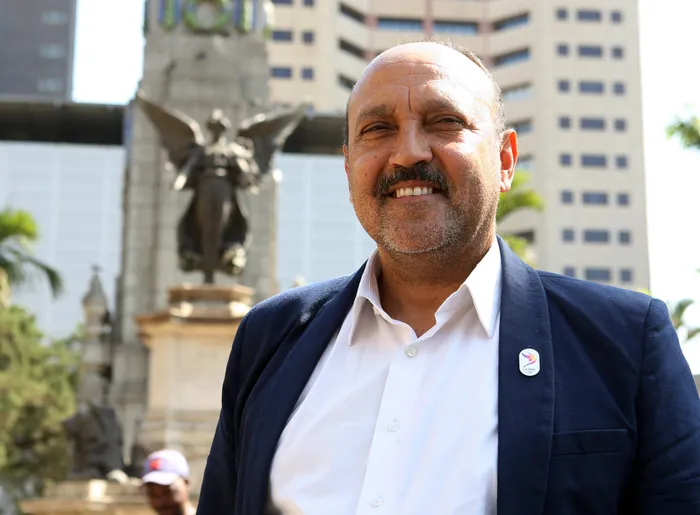#KnowYourLand: How Durban has embraced its colonial past

Eric Apelgren, eThekwini Municipality head of international and governance relations, said statues and plaques are a remembrance and heritage and are also a powerful driver for tourism Eric Apelgren, eThekwini Municipality head of international and governance relations, said statues and plaques are a remembrance and heritage and are also a powerful driver for tourism
Durban - Queen Elizabeth and General Jan Smuts stand adjacent to each other overlooking the thousands of people that walk past them at Durban's City Hall every day.
Nearby, colonial icons, Harry Escombe, John Robinson also watch in silence. While they have had pride of place for decades, new heroes and icons have joined them in this historic part of the city: Alan Paton, Dr Monty Naicker, Isaiah Shembe, Reverend C.T.Vivian and even Nelson Mandela.
Far from ignoring its colonial roots, the eThekwini Municipality is embracing it and contextualising it by adding figures that speaks to every citizen in the city.
This is evident in the many statues outside the Durban City Hall depicting colonial leaders. During heritage month the Daily News found out how the city merged its colonial history with its local history.
Eric Apelgren, eThekwini Municipality head of international and governance relations, said statues and plaques are a remembrance and heritage and are also a powerful driver for tourism.
"We need to ensure that our history, green spaces and natural and historical heritage are preserved. It enlists a sense of civic pride," he said.
The park outside the City Hall which is called Lieutenant Francis Farewell square and also referred to as Luthuli Square plays hosts to several statues and a war memorial. The park is bordered by Dorothy Nyembe Street (Gardiner), Dr Pixley KaSeme (West) and Anton Lembede Street (Smith) Streets.
At the start of the 19th century, in 1824, a small settlement and trading post were established at the site where Francis Farewell Square is today.
Statues in the square include Harry Escombe, John Robinson, Queen Elizabeth and General Jan Smuts and a cenotaph where a wall of remembrance for the soldiers that died in the World War.
Merging the history of Durban without forgetting the city's past is significant in attracting tourists, said Apelgren.
He said the city plans to build more statues of struggle stalwarts but for now, marble plaques have been placed at the steps to the City Hall with what is called the King Cethswayo African Image Award.
Plaques remembered Msizi Dube, the Soul Brothers, Bishop Colenso, Hugh Masekela, which included a palm print in concrete. The acclaimed singer Mirriam Makeba, Alan Paton, Dr Monty Naicker, Isaiah Shembe, Reverend C.T.Vivian and Nelson Mandela were among them.
Daily News
* This story forms part of the #HighSchoolsQuiz study material. Click here for more #HighSchoolsQuiz stories.